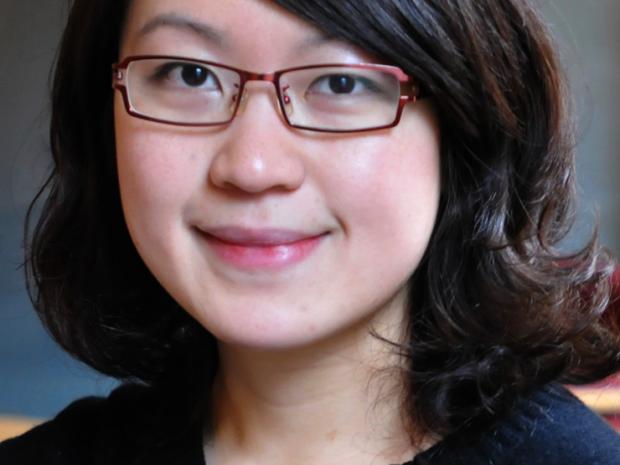Order and Chaos*: Collective Behavior of Crowded Drops in Microfluidic Systems

Mechanical and Aerospace Engineering Department Seminar Series
Order and Chaos*: Collective Behavior of Crowded Drops in Microfluidic Systems
Sindy KY Tang
Stanford University
Department of Mechanical Engineering
Droplet microfluidics, in which micro-droplets serve as individual reactors, has enabled a range of high-throughput biochemical processes. Although the physics of single drops has been studied extensively, the flow of crowded drops or concentrated emulsions—where droplet volume fraction exceeds ~80%—is relatively unexplored in microfluidics. Ability to leverage concentrated emulsions is critical for further increasing the throughput of droplet applications. Prior work on concentrated emulsions focused on their bulk rheological properties. The behavior of individual drops within the emulsion is not well understood, but is important as each droplet carries a different reaction.
This talk examines the collective behavior of drops in a concentrated emulsion by tracking the dynamics and the fate of individual drops within the emulsion. At the fast flow limit, we show that droplet breakup within the emulsion is stochastic. This contrasts the deterministic breakup in classical single-drop studies. We further demonstrate that the breakup probability is described by dimensionless numbers including the capillary number and confinement factor, and the stochasticity originates from the time-varying packing configuration of the drops. To mitigate breakup, we design novel amphiphilic nanoparticles, and show they are more effective than surfactant molecules as droplet stabilizers.
At the slow flow limit, we observe an unexpected order, where the velocity of individual drops in the emulsion exhibits spatiotemporal periodicity. Such periodicity is surprising from both fluid and solid mechanics point of view. We show the phenomenon can be explained by treating the emulsion as a soft crystal undergoing plasticity, in a nanoscale system comprising thousands of atoms as modeled by droplets. Our results represent a new type of collective order not described before, and have practical use in on-chip droplet manipulation. From the solid mechanics perspective, the phenomenon directly contrasts the stochasticity of dislocations in microscopic crystals, and suggests a new approach to control the mechanical forming of nanocrystals.
*Chaos stands for Crowded droplet breakup HydrodynAmics not Ordered but Stochastic
Biosketch
Dr. Sindy KY Tang joined the faculty of Stanford University in September 2011 as an assistant professor in the Department of Mechanical Engineering. She received her Ph.D. from Harvard University in Engineering Sciences under the supervision of Prof. George Whitesides. Her lab at Stanford works on the fundamental understanding of fluid mechanics and mass transport in microfluidic systems, and the application of this knowledge towards problems in biology, rapid diagnostics for health and environmental sustainability. The current areas of focus include the hydrodynamics of concentrated emulsions in confinements, interfacial mass transport and self-assembly, and ultrahigh throughput opto-microfluidic systems for biochemical sensing and diagnostics, water and energy sustainability, and single-cell wound healing studies. Dr. Tang’s work has been recognized by multiple awards including the NSF CAREER Award, 3M Nontenured Faculty Award, and the ACS Petroleum Fund New Investigator Award.
Website: http://web.stanford.edu/group/tanglab/

